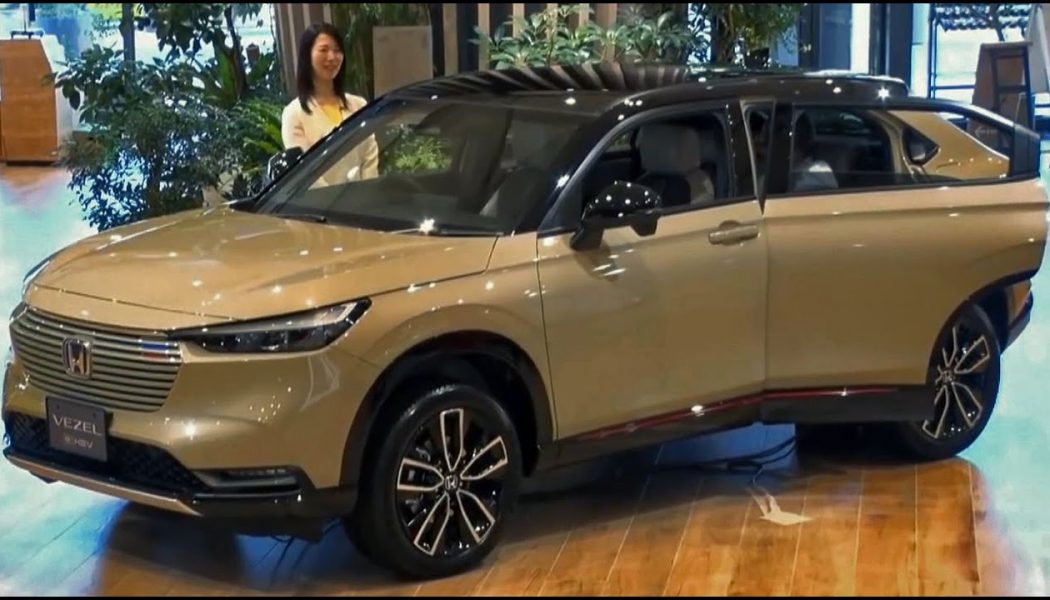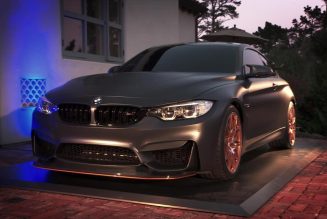On the outside, the new Vezel looks pretty nifty. The lines are clean and taught, and it’s notably more attractive than the current HR-V. The same is true for the interior. The steering wheel looks like it’s straight out of the Honda-E (another foreign Honda product we’d love to see here) and the dashboard design is both minimal and clean. The HR-V that we get will likely wear a similar design but is not expected to be a carbon copy of the Euro-market model.
Honda says the interior volume of the new Vezel/HR-V matches that of its predecessor, which means cabin space should remain rather generous despite the compact SUV’s diminutive exterior dimensions. Other niceties include fold-flat seats, a new air diffusion system that creates a “curtain of air” both alongside and above passengers, and high-end-looking materials throughout.
Power comes courtesy of a gasoline-electric hybrid powertrain. Honda’s rather scant about details, but a similar setup powers the CR-V Hybrid. In that application, a 2.0-liter I-4 works with two electric motors—one to start the engine and another to power the SUV. The CR-V Hybrid makes 212 hp combined and nets an EPA-rated 40/35/38 city/highway/combined MPG.
Will that be the powertrain we get in the U.S.-market 2022 HR-V? Maybe. That said, if it does find its way under our HR-V’s hood, it’d likely be joined by a traditional gas-powered engine option. Possibly the turbocharged 1.5-liter I-4 found in the likes of the Civic and Accord. We still aren’t sure about the timing of the new HR-V, but we expect to see the U.S.-spec model before the end of the year.










